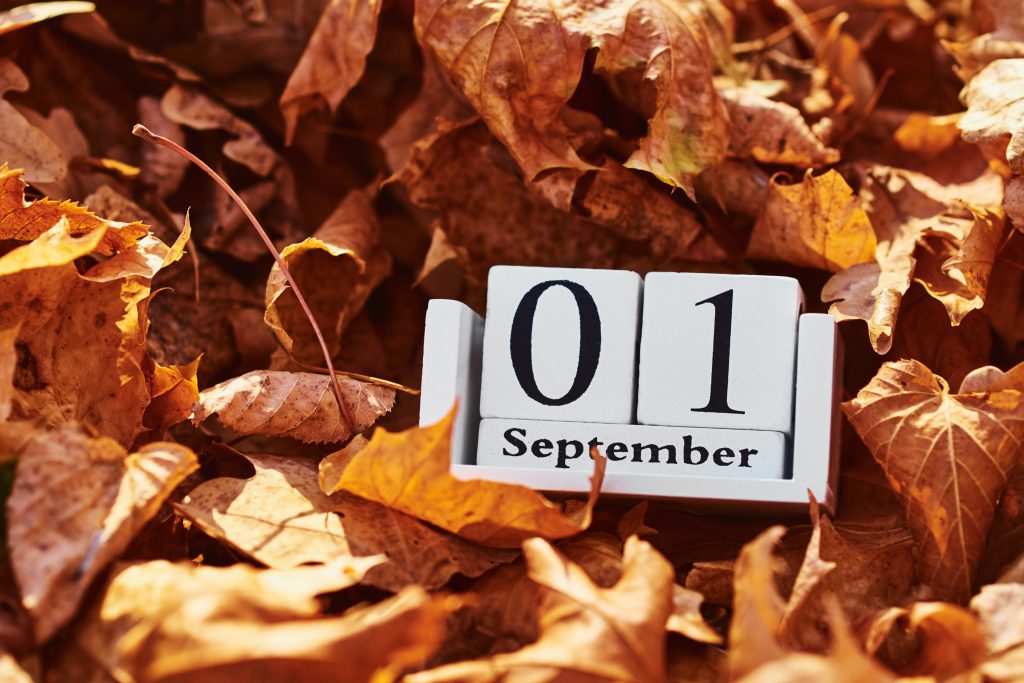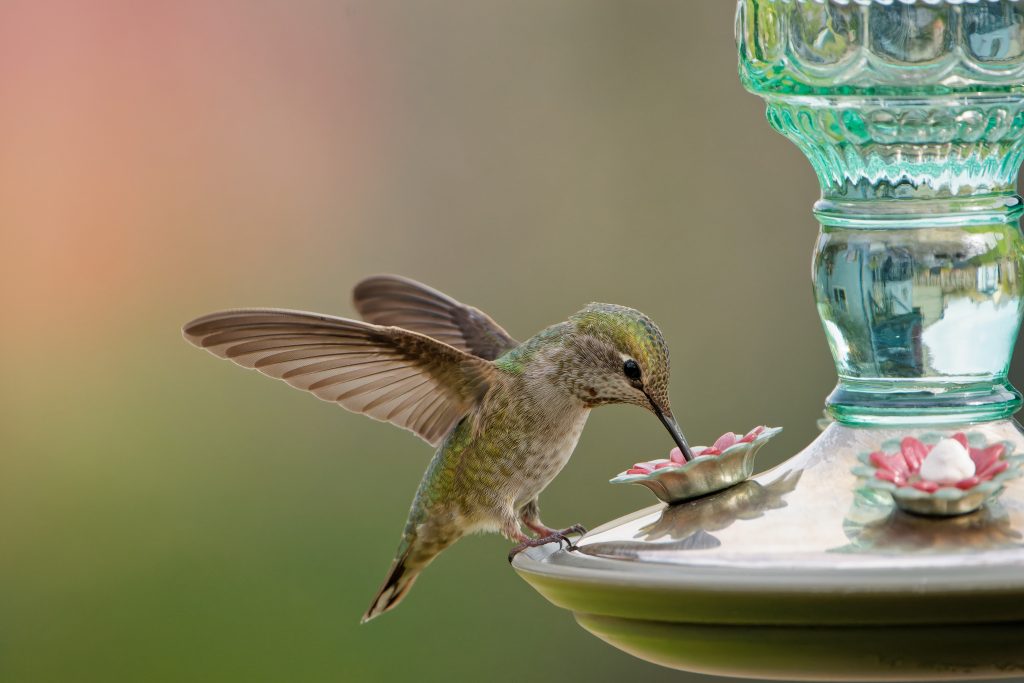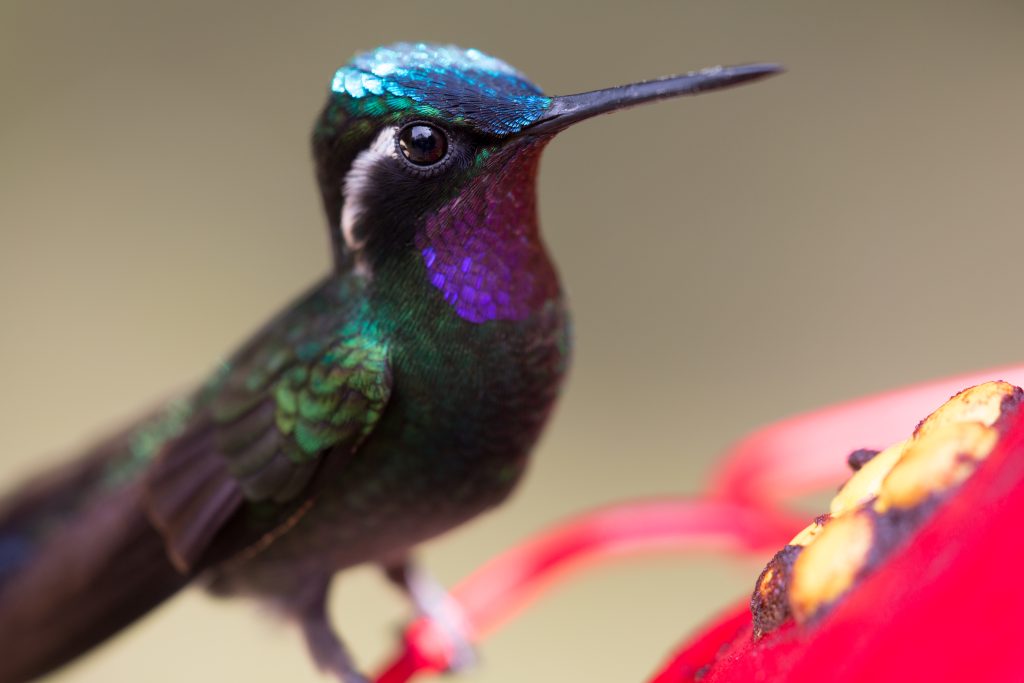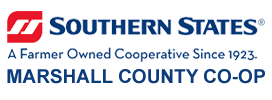
I recently discovered something new and very interesting. Hummingbirds. Many of my friends have these bird feeders in their yards and gardens and I hear how they get such enjoyment from watching these beautiful birds. So, when my husband recently went to the Marshall County Co-op to ask what possibly he could replace my beautiful flower spot with -they told him a bird feeder. He quickly shot that idea down since he doesn’t want the bird mess that is associated with a lot of birds at a feeder. “Well, in that case what about a hummingbird feeder” was the response from the Marshall County Co-op employee. “Well, now that’s an idea”, he said. So, in walks my hubby with this cute little feeder and the red sugar water mixture that you make to put in it. Simple right?

So, he fills the feeder, we take it out in our yard and carefully hang it on the stand. And we wait. And we wait. A day or two pass. One day I saw one hummingbird fly by it. Then it went to it but turned away. WHAT IS WRONG? WHY DIDN’T YOU STAY AND DRINK? So, I walked to my feeder and saw that the feeder had ants all over it and inside it. I swear some of the ants were swimming in it! They were making a trail up the metal feeder and had completely taken over the feeder! WHAT? Why is this?
I asked my friends about this the next day, and they all told me that yes this happens, and you must install an ant trap that fills with a little water. The idea is that the ants drown, leaving your hummingbirds the freedom to drink away. So, we get the ant trap and install it. More excitement is building again in anticipation of these cute little birds arriving. The waiting begins. Again.
A couple of days pass. The weather is so hot and humid, perhaps the red drink we prepared is too hot? But low and behold, I see a small little hummingbird fly in, stop and then immediately take off. Wait! Aren’t they supposed to stay a while and drink? What the heck. I wander over again to look at the feeder thinking that maybe ants made their way in it again.
To my surprise there were no ants, but there were wasps!! Inside the feeding area and underneath it. Having a good ole time in my feeder!
So, I carefully take the feeder down and slowly the wasps fly away, and I dump the red liquid out and once again clean out the feeder. Feeling defeated, I realize it’s time to call in the big guns. Its’ time to get educated on these birds.

Things I found out:
- You need to display as much red as possible, such as red flowers and red feeders.
- You should hang red ribbons on your feeders, nearby bushes, and trees.
- A water source should be nearby. Like a running fountain or a bird bath.
- It should be installed close to trees or tall shrubs to be used as perches.
- You should hang a protein/insect feeder close by as a source of protein.
- You should hang more feeders to attract more hummingbirds.
- You should create distance between the feeders to establish more territories.
- The nectar should be changed often. Hummingbird food spoils quickly, particularly when the weather is warm. Because hummingbirds can get sick from drinking spoiled nectar, it’s important to change their food regularly. At a minimum, replace the nectar twice per week during cool weather and every other day (or even daily) when temperatures are 80 degrees or above.
- Don’t use red dyes/food coloring in homemade nectar.
- Deter ants with an ant moat and Use bee resistant feeders.
- You can also help maintain nectar freshness by positioning your feeders away from direct sun. Don’t put them in too shady a spot, however—that will make feeders harder for passing hummingbirds to spot. Instead, choose a spot with dappled shade or a location that is shaded during the peak heat of the afternoon.
- Make sure you check to see if there are any yellow parts on the feeder. Many popular hummingbird feeders have yellow feeder ports or decorations. Bees and wasps are attracted to yellow. Use bright red fingernail polish and paint over any yellow parts of the feeder. Apply several coats of nail polish, letting each dry before applying the next coat.
- Place the feeder away from anything that is yellow in your yard. This includes yellow flowers, lawn ornaments or decorations. Again, the yellow color will attract the unwanted insects.
This whole Hummingbird adventure has certainly been a learning experience! Much thanks to the smart folks at the Marshall County Co-op who helped with all the facts and advice. I plan on tackling this again next year, but this time I will be armed with all the proper tools necessary to succeed.
Have a great September but remember this. Colder weather is knocking at our doors right now, so make sure you are in touch with the Propane Department of the Marshall County Co-op to have your propane tanks filled. Ask the experts for more information!
